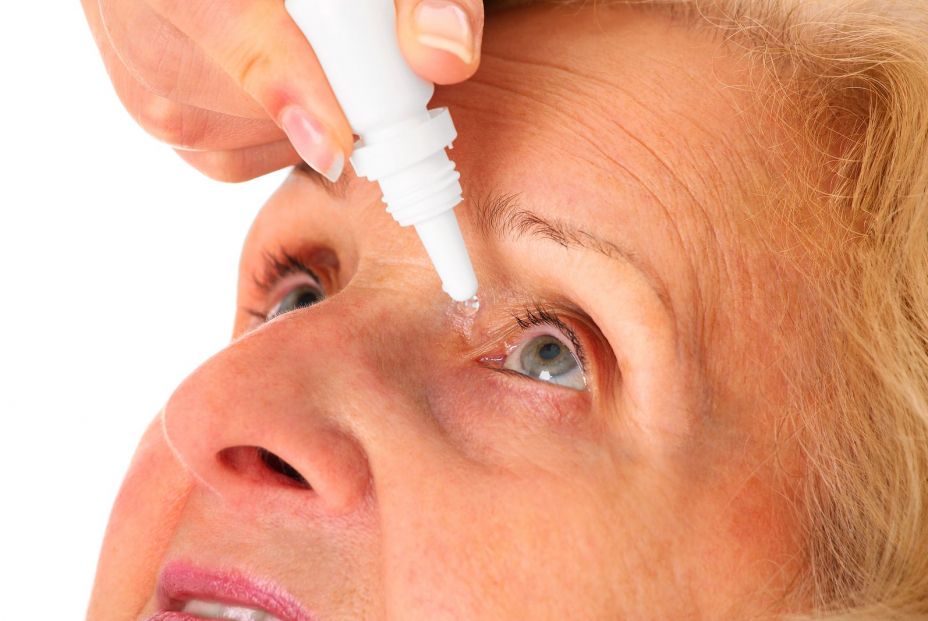The presbyopiathat annoying loss of nearby vision that appears with age and forces to depend on the Reading glasses, It could have a more comfortable and non -invasive solution. Argentine researchers present a eye drops Especially formulated that improves the ability to read additional lines in the visual acuity table, with results that are maintained up to two years. Forgetting the glasses could be closer than many imagine.
An alternative to reading glasses
Experts from Advanced Research Center in Buenos Aires (Argentina) present at the 43 Congress of the European Society of Catalata and Refractive Surgeons (ESCRS) A retrospective study of 766 patients reveals that the majority could read two, three or more additional lines in the optometric table used to evaluate the nearby visual acuity (Jaeger’s table) after using specially formulated eyelets. This improvement remained up to two years.
The doctor Giovanna Benozzi, Director of the Advanced Research Center in the Presbyse of Buenos Aires, Argentina, points out: “We carry out this research due to the important medical need dissatisfied in the management of the presbyopy. Current solutions, such as reading glasses or surgical interventions, present limitations, such as discomfort, social discomfort and possible risks or complications.”
“There is a group of presbyopic patients who have limited options apart from glasses and who are not candidates for surgery; these are our main interest. We seek to provide solid clinical evidence that supports an innovative pharmacological solution to offer patients a non -invasive, comfortable and effective alternative.”
What do these revolutionary drops contain?
The eye drops, developed by Dr. Benozzi’s father, the late doctor Jorge Benozzi In the same center, they contain a combination of two active agents: pilocarpine, a drug that contracts the pupils and the ciliary muscle, which is a muscle that controls the accommodation of the eye to see objects at different distances, and diclofenaco, a non -steroidal anti -inflammatory drug (NSAIDs) that reduces inflammation and discomfort that often causes the pilocarpine.
Patients were given the I collapsed twice a daygenerally when awakening and again approximately six hours later, with an optional third dose if the symptoms reappeared or needed greater visual comfort. The group of patients (373 women and 393 men, with an average age of 55 years) was divided into three groups to receive one of three colirio formulations. Each formulation contained a fixed diclofenac dose, but pilocarpine concentrations were 1%, 2%and 3%.

The researchers evaluated the improvement in patients’ ability to read the Jaeger table without glasses (nearby visual acuity without correction) an hour after the first administration of the drops and monitored the patients for two years.
According to Benozzi: “Our most significant result showed rapid and sustained improvements in the close vision with the three concentrations. An hour after administering the first drops, patients experienced an average improvement of 3.45 Jaeger lines. The treatment also improved the approach to all distances.”
SECONDARY EFFECTS: Mild and temporary
Surprisingly, 99% of the 148 patients in the 1% Pilocarpine group They reached an optimal vision And they were able to read two or more additional lines. Approximately 83% of patients maintained a good functional close vision at 12 months. It should be noted that no significant adverse effects were observed, such as increased intraocular pressure or retinal detachment. In the 2% group, 69% of 248 patients were able to read three or more additional lines in the Jaeger table, and in the 3% group, 84% of 370 patients could read three or more additional lines.
The visual improvement of patients It remained up to two yearswith an average duration of 434 days. The side effects were mild, the most frequent temporary blurred vision (32%of cases), irritation when applying drops (3.7%) and headache (3.8%). No patient interrupted treatment.
The common adverse side effects of the pilocarpine can also include redness of the eyes, weeping eyes, blurred vision, the faint or dark vision, light sensitivity or problems to change the approach between objects, see flashes of light or “flying flies” in vision and, in rare cases, retinal detachment.
Benozzi continues: “Almost all patients experienced positive improvements in nearby visual acuity, although the magnitude of the improvement depended on the state of their vision before the treatment at the beginning. Our study revealed that the optimal concentrations of pilocarpine could be individualized based on the initial severity of the presbyopia, according to the initial evaluation of Jaeger’s scores. The patients with less serious presounds responded to concentrations 1%, while those with more advanced presbyce required higher concentrations, 2%or 3%, to achieve significant visual improvement. ”
A personalized and non -invasive option
In this way, it concludes: “These results suggest that this combined therapy offers a safe, effective and well -tolerated alternative to the traditional presbyopy treatment. It significantly reduces dependence on glasses to read, which provides a comfortable and non -invasive option for patients, although these offerings may not eliminate the need for glasses in all patients.”
It is important to note that this treatment It does not intend to replace surgical interventions, but to be a valuable solution for patients who need safe, effective and personalized alternatives and seek to free themselves from glasses discomfort. Vision professionals now have a pharmacological option based on the evidence that expands the spectrum of the treatment of presbyopia beyond glasses and surgery.


